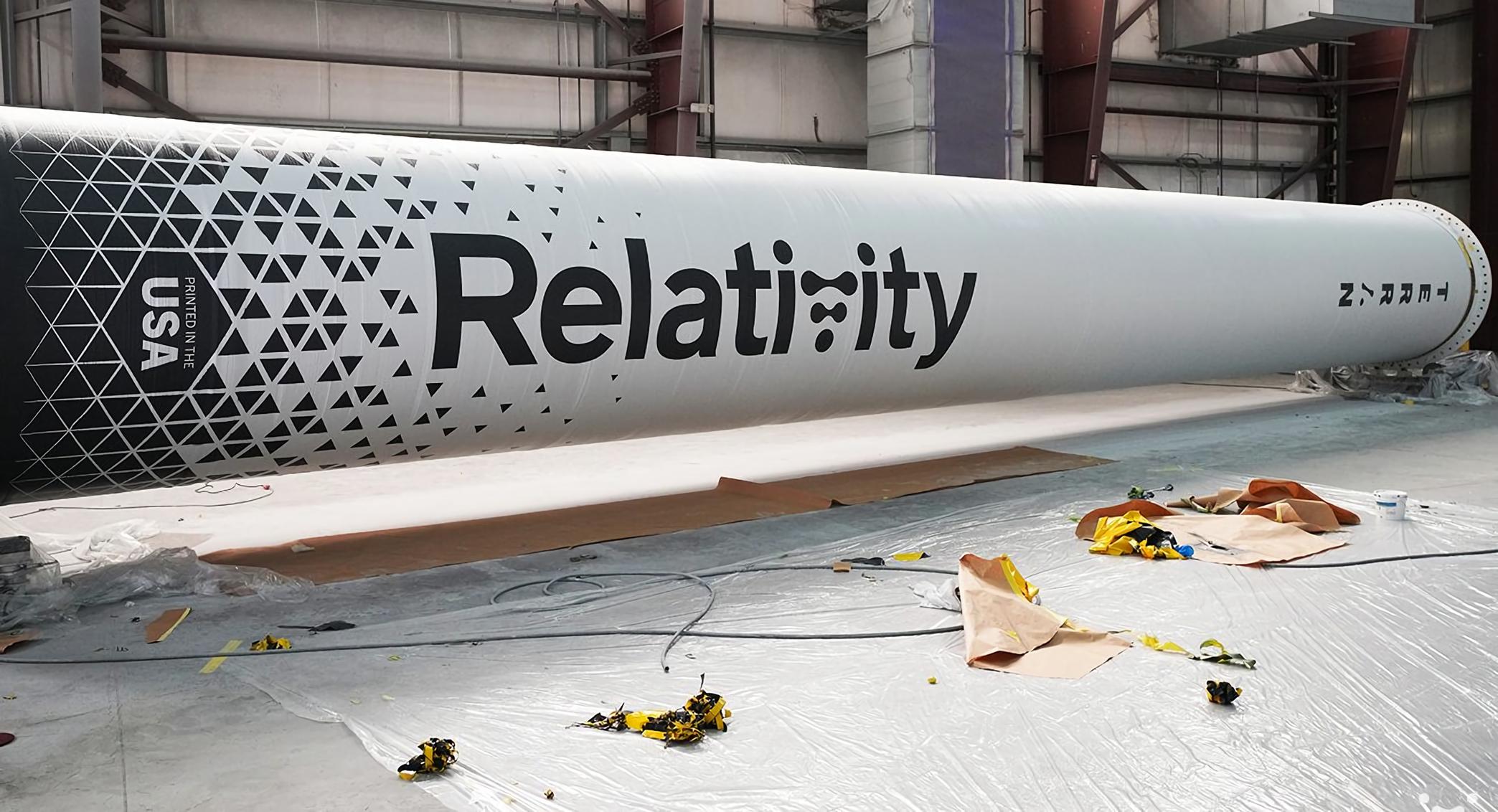Relativity Space, a more recent rocket business, and a tiny startup created by an engineer who formerly oversaw SpaceX’s rocket engine development revealed plans to launch a privately made robotic lander to Mars on Tuesday. The two businesses claim they could be able to accomplish it as soon as 2 and a half years from now, when the positions of Earth and Mars line up once again.

Relativity’s CEO and founder, Timothy Ellis, cited SpaceX as an influence for his company’s desire to pursue goals that were “near the border of insane, bold, and daring.”
If a commercial Mars mission is successful, it may create a new market where organisations, businesses, and national space agencies might send payloads to Mars at a reasonable price.
That would be similar to how some firms want to start making money later this year by launching payloads to the moon for paying clients like NASA. However, it would be on a more challenging and remote scale. Even with advanced instrumentation, a NASA trip to Mars would cost at least $500 million.
The cost of the expedition was not disclosed by Ellis, but he did add that it may be covered by investment funds raised by Relativity and money from contracts it has to launch commercial satellites. For instance, Relativity has a contract with OneWeb to launch broadband satellites.
Impulse Space, a partner of Relativity, is an even more recent business with a far shorter track record. However, Thomas Mueller, the company’s creator, has experience in the space industry and was Employee No. 1 when Musk founded SpaceX in 2002. The Merlin rocket engines that power the Falcon 9 rockets were developed under Mueller’s direction.
The spacecraft for Impulse would launch into orbit, separate from the rocket’s upper stage, and travel to Mars for nine months.
A cruise stage that would manage propulsion and communications throughout the trip to Mars and a capsule housing a lander would make up the spaceship. The capsule would split from the cruise stage when it was close to Mars and penetrate the atmosphere before landing on Mars in a manner like to that of the NASA mission InSight, which touched down there in 2018 to record seismic activity.
According to Mueller, the capsule would be the same size and form as that utilised for the InSight project. The lander would be similar to InSight’s size but lighter. The fundamental setup would only function till its batteries ran out and would not even have solar panels.
Mueller claimed that this year saw the beginning of communication between Impulse and the NASA Jet Propulsion Laboratory in California, which oversees the InSight programme.
Eric Ianson, the director of NASA’s Mars exploration programme, stated via a representative at the agency’s headquarters that NASA had not directly communicated with Impulse and that it was unaware of the specifics of what the business wished to do.











